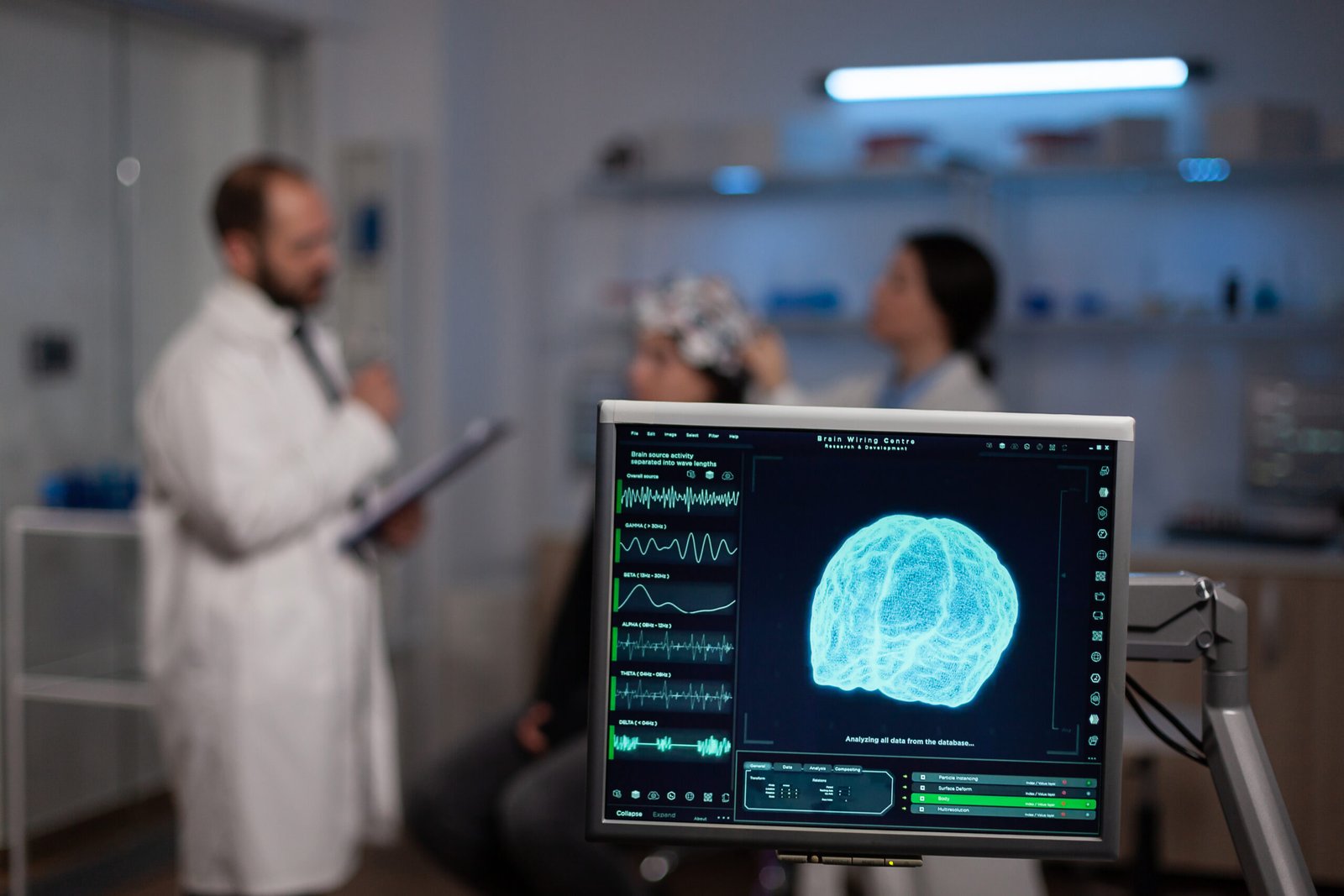Introduction
Stroke remains one of the leading causes of death and long-term disability worldwide. Yet, over the past decade, stroke management has undergone remarkable transformation, reshaping how healthcare providers diagnose, treat, and rehabilitate patients. From advanced imaging to clot retrieval therapies and post-stroke rehabilitation strategies, practitioners today have more tools than ever before to improve outcomes.
Understanding the Changing Landscape
Traditionally, stroke care was limited by narrow treatment windows and basic interventions. Many patients either arrived too late for effective treatment or were left with minimal recovery options. Today, rapid response protocols and cutting-edge medical interventions are extending treatment opportunities and significantly improving survival and recovery rates.
Key Advances Every Practitioner Should Know
-
Enhanced Imaging Techniques
-
Advanced CT and MRI scans allow physicians to differentiate between ischemic and hemorrhagic strokes quickly.
-
Perfusion imaging helps identify salvageable brain tissue, guiding decisions about interventions beyond traditional time limits.
-
-
Thrombolytic Therapy Improvements
-
Intravenous tissue plasminogen activator (tPA) remains the gold standard for ischemic stroke, but newer agents with fewer side effects are under study.
-
Protocol refinements have extended safe treatment windows in select patients, offering more opportunities for intervention.
-
-
Mechanical Thrombectomy
-
Endovascular clot retrieval has revolutionized ischemic stroke treatment, especially for large vessel occlusions.
-
Recent studies confirm its efficacy up to 16–24 hours in carefully selected patients, expanding the pool of beneficiaries.
-
-
Multidisciplinary Stroke Units
-
Dedicated stroke centers and specialized units improve outcomes through coordinated, rapid-response care.
-
Collaboration between neurologists, radiologists, emergency physicians, and rehabilitation specialists is now standard in comprehensive stroke care.
-
-
Post-Stroke Rehabilitation
-
Early mobilization, robotic-assisted therapy, and virtual reality-based rehabilitation are improving functional recovery.
-
Psychological support and cognitive rehabilitation are increasingly recognized as essential for long-term quality of life.
-
The Role of Technology and AI
Artificial intelligence (AI)-driven platforms are assisting clinicians by:
-
Analyzing imaging scans rapidly for stroke type and severity.
-
Alerting stroke teams in real-time to speed up decision-making.
-
Tracking patient recovery and predicting risks of recurrence.
These innovations reduce delays and bring precision to clinical judgment.
Challenges Ahead
Despite progress, challenges remain:
-
Unequal access to specialized stroke centers in rural or resource-limited settings.
-
Public awareness about recognizing early stroke symptoms is still insufficient.
-
High costs of advanced therapies and devices can limit availability.
Addressing these barriers will be key to ensuring equitable stroke care globally.
Conclusion
The future of stroke management is promising, with continuous innovations expanding treatment possibilities. For practitioners, staying updated on evolving guidelines and technologies is crucial to deliver the best care. Early recognition, swift intervention, and multidisciplinary collaboration are the pillars of modern stroke care, ultimately saving lives and improving recovery outcomes.



